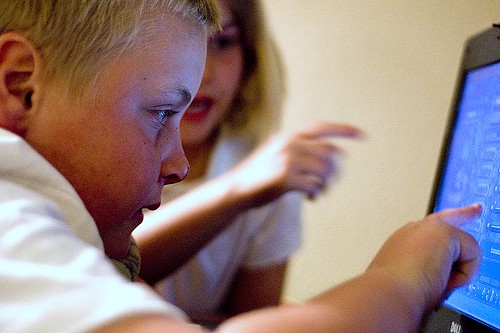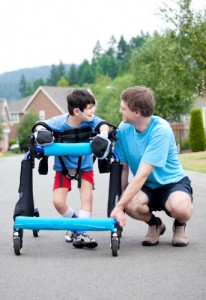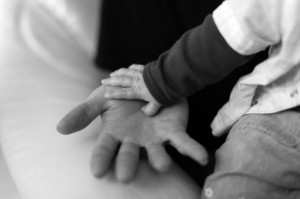Cyber Crime And Children: What Every Parent Should Know
- Every parent who allows their child to be online should ensure that proper security guards and firewalls are in place at all times. Blocking inappropriate content using software designed for this purpose is a good method, however, it is still necessary to monitor a child’s activities online.
- Parents should have all passwords and access to the computers that their kids use. Computers should also be checked on a regular basis to ensure that there are no inappropriate sites being visited or attempts by strangers to contact them. Strangers attempting to make contact with children through the Internet are in fact committing white collar crimes. As noted by attorney Kevin W Devore, “Although commonly referred to as ‘white collar crimes,’ these types of cases actually take on a variety of forms and concern a significant array of different subject matters.”
- Kids should be educated about how to use the computer properly. Teach them about online safety by pointing out that there are criminals online who know how to get their attention. Explain how this could occur, how dangerous this is and that if they get a message from someone they don’t know, they should not answer it, and should tell an adult immediately.
- One of the more common Internet crimes against children involves engaging them in conversation that leads to abduction and abuse. Children should refrain from entering chat rooms and chatting with people they do not know. They should also notify an adult immediately any time that something doesn’t look quite right.
Parents should report all instances of suspected cyber crime to the Internet Crime Complaint Center (IC3) either online or by calling 1-800-CALLFBI as soon as possible. Be sure to first gather all of the pertinent information such as the time, online handles, websites and other particulars about the incident.
Technology
In order to safeguard kids online, parents need to know about all of the latest technology. Otherwise, they won’t know what to look for. This is the only way to check in on kids to see what they are doing and keep them safe and secure. Ensure that all privacy settings are set to the highest level on the computer and social media sites. Monitor all web pages and groups that kids belong to on a regular basis. Before allowing them to join any group, ensure that it is safe for them to do so. Let them know that even if they think they know someone, they will need parental permission to start an online friendship with anyone.
Parental Guidance
In addition to safeguarding kids online, parents must also be aware of the fact that children can also abuse Internet privileges. While many children may not intend to do so, there are times when a prank or seemingly innocuous activity can turn troublesome, if not dangerous.
Therefore, parents need to also educate their children on what is appropriate and what would constitute abuse online. For example, they should know that cyber crimes have severe fines and jail time penalties that could impact them and the family for the rest of their lives. For instance:
- They should understand what bullying is and that it is a crime. Instead of talking about it online, they should discuss any issues they have with others with their parents.
- Downloading from unknown or illegal sites can damage the computer and also make them vulnerable to future attacks.
- Activities that involve hacking are considered crimes and could also result in heavy fines and jail time. For example, defacing or shutting down web sites or releasing viruses are criminal activities.
Repercussions
Parents should explain that a criminal record may cause:
- Loss of school time that could impact grades and their ability to get into college or find work.
- Financial loss and burden for the family due to legal fees and loss of time from work.
Finally, get to know other parents with whom the kids spend time. Ensure that the kids in the child’s circle have parental or adult supervision when they are using their computers. While this might be tricky, it is better to be safe than to be sorry.
Nadine Swayne understands the importance of keeping children safe on the computer. At the law firm of Kevin W Devore, legal representation is available if you have been charged with a white collar Internet crime. He has extensive experience with civil and criminal cases to benefit his clients.
Photo credit: http://www.flickr.com/photos/sneddon/2399403962/










